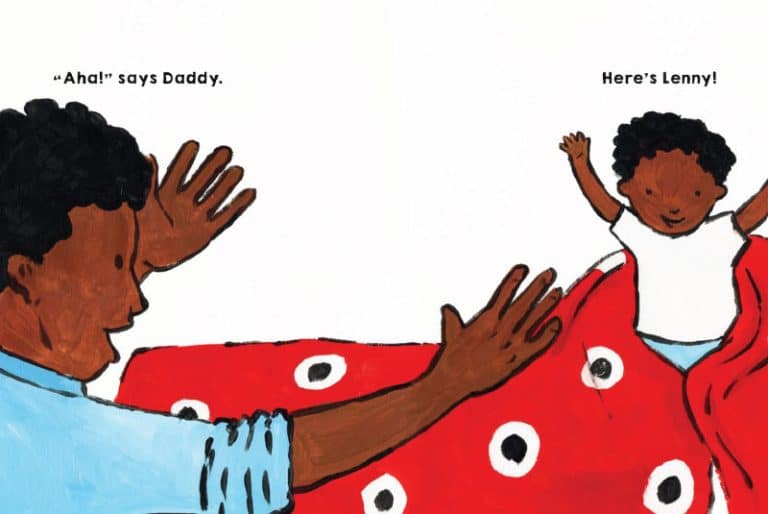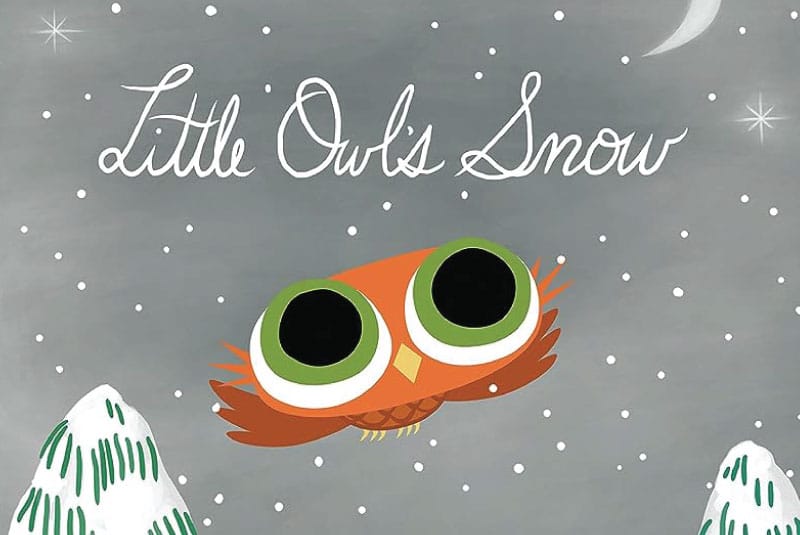TAKE-HOME STRATEGY
Encouraging Communicating and Speaking at Home

What It's About
Communicating and Speaking is our ability to understand what is being said and using language, signs, or gestures to share ideas and connect with others. When you respond to your child’s attempts to communicate, you show them what they have to say is important. This encourages them to continue communicating with you.
You can support this skill by helping your child express their ideas and needs and by giving them your attention, showing care, and responding with words.
Here are some ways you can support Communicating and Speaking at home. Keep in mind that you can change these activities to work for you and your child based on their current abilities, interests, and what you have available at home. Make sure to use safe materials and watch your child closely during these activities.
Take a look, and try out your favorites!
Tell Me More
Picture Walks
Puppet Play
Pause and Complete
Talking Stick
Describe It
Quick Cues for Supporting Communicating and Speaking
Some things you might do or say to help strengthen your child’s Communicating and Speaking skills
Say What You or Others are Doing
Describe in detail what you, your child, or others are doing.
This can sound like:
“We are washing your hands. Wash, wash, wash! Now, let’s dry them.”
“I am stirring this pot of water. I go round and round when I stir.”
“You were running fast, then you jumped!”
Repeat and Add On
After your child is finished talking, repeat what they said and add more details to their comments.
This can sound like:
Child: “Duhduh!”
Adult: “Yes, that’s a dog! Hello, dog!”
Child: “More.”
Adult: “More? You want more water. You must be thirsty if you want more to drink!”
Child: “I put on my shirt.”
Adult: “You put on your dark blue shirt with sparkles.”
Support Back-and-Forth Exchanges
Prompt children to interact with you by using words or gestures. Engage with multiple conversational turns.
This can sound like:
Caregiver: “What is happening with your car?”
Child: (makes a vroom noise)
Caregiver: “Oh! Is your car going fast?”
Child: (nods and bumps the toy car into another one) “Boom!”
Caregiver: “Oh, did your car have a crash? I hope everyone is safe! How can we help the cars get fixed?”
Our Book Recommendations for Communicating and Speaking
Engaging stories that support children's Communicating and Speaking skills

Where's Lenny?
Written and illustrated by Ken Wilson-Max, this story follows a boy named Lenny playing hide-and-seek and is great for discussing the actions of characters.
Have fun with it:
Play hide-and-seek with your child. When you find them, comment on where they decided to hide.

Little Owl's Snow
Written and illustrated by Divya Srinivasan, this story is about an owl’s first experience with snow as they talk to the creatures of the forest.
Have fun with it:
Remind your child about the first time they did something when they were younger. Show pictures if possible, and encourage them to help you tell the story.
More Take-Home Strategies
We’re creating a library of resources like these so families and other caregivers can quickly and easily promote children’s development at home. Be sure to see all the strategies we have available!

